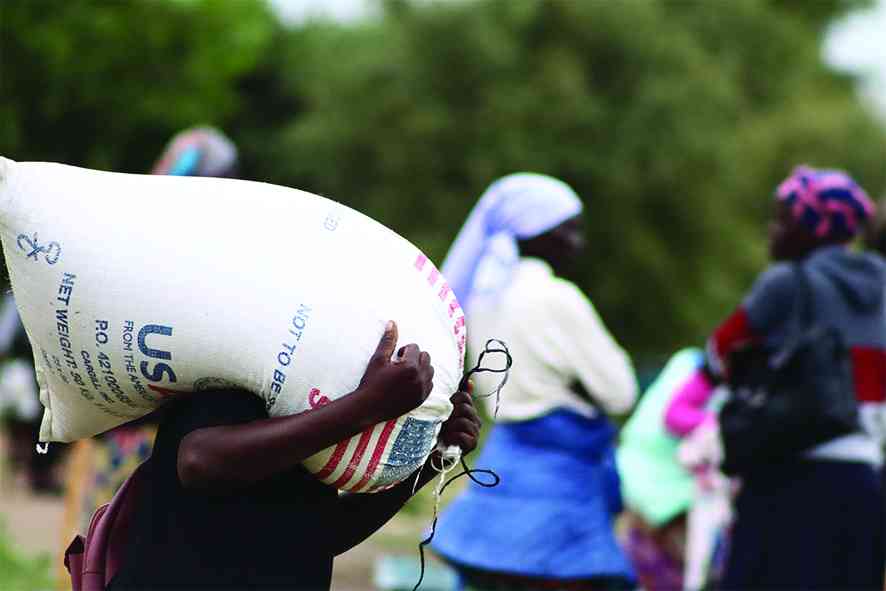
Governments, stakeholders and humanitarian partners should brace for sustained high food assistance needs and potential emergency levels of food insecurity in Zimbabwe and other deficit-producing southern African countries, USAid has said.
Zimbabwe is among several southern African countries that have been severely affected by the El Niño-induced drought with at least two million people facing starvation.
President Emmerson Mnangagwa has since declared the drought a state of disaster saying the government needs at least US$2 billion to assist needy people.
According to a report titled Strong El Niño Will Drive High Needs across Southern Africa through to early 2025, USAid’s unit, Famine Early Warning Systems Network (FewsNet), said more than 20 million people would be in need of food assistance during the lean season.
“Overall, it is estimated that over 20 million people will be in need of food assistance during the January-to-March 2024 peak of the lean season.
“Furthermore, the expected below-average 2024 harvests will be exhausted earlier than usual, leading to comparably high food assistance needs at the start of the following lean season in late 2024 and signalling even higher needs when the lean season peaks in early 2025.
“However, hot and dry conditions in the western parts of the region, and the impact of Cyclone Freddy in the eastern parts of the region, resulted in poor harvests in parts of southern Zimbabwe, southern Mozambique and southern Malawi,” the report said.
It further indicated that areas of highest concern would include southern and western deficit-producing areas of Zimbabwe, southern Malawi, southern and central Mozambique and southern Madagascar.
- NoViolet Bulawayo’s new novel is an instant Zimbabwean classic
- Jah Prayzah, Zanu PF rekindles ‘lost love’
- Bank workers appeal to Ncube for tax relief
- Indosakusa marks 21-year anniversary milestone
Keep Reading
The 2023 maize crop in these areas performed poorly due to various cyclonic events and irregular rainfall, FewsNet said
“While agricultural production in 2024 is broadly expected to be below average, the severity of El Niño’s effects will depend on the magnitude of rainfall deficits and patterns of rainfall distribution, especially between December and February,” it said.
The report said the region was also facing a multitude of challenges including conflict, poor macroeconomic conditions and limited income-earning opportunities which would exacerbate the food insecurity situation through to early 2025.
“Most poor households typically rely on income from casual labour and petty trade, but increased competition and lower than normal liquidity among middle and better-off households will likely limit households’ earnings.
“In order to compensate, poor households are expected to continue to pursue or expand other income-earning opportunities.
“FewsNet anticipates regional food assistance needs will rise to even higher levels than the first quarter of 2024, and some poor households in the worst-affected areas are expected to face large food consumption gaps indicative of Emergency (IPC Phase 4) in the absence of humanitarian food assistance.”
FewsNet said collaboration and co-ordination among all stakeholders would be essential to effectively respond to the growing food assistance needs in 2024.









